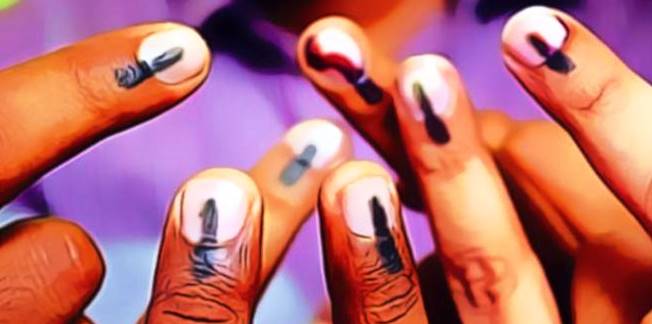It may be due to the heat, perhaps their frustration with politicians, or even a sense of resignation as voters perceive the mess political parties have made of our nation’s democratic system — they simply aren’t turning out
 KRC TIMES Desk
KRC TIMES Desk

It may be due to the heat, perhaps their frustration with politicians, or even a sense of resignation as voters perceive the mess political parties have made of our nation’s democratic system — they simply aren’t turning out. Barring a few exceptions such as West Bengal, where the voters put up a decent show, most others have stayed away from polling booths.
The story in Phase 6 of voting was no different; the recent trends in voter participation across India reveal a concerning decline. This pattern, however, does not hold for all regions; Bengal and J&K stand as notable exceptions with relatively stable or even increased voter turnouts. Understanding the reasons behind this declining voter engagement is crucial to address the challenges facing India’s democratic process.
Several factors could be contributing to this trend: Adverse weather conditions, pre-decided loyalties or a growing sense of disillusionment with the democratic exercise itself. One of the most likely explanations for the poor turnout is weather. Phase 6 coincides with the onset of extreme weather conditions, including an intense heatwave. It can discourage voters, particularly the elderly and those with health issues, from making the trip to polling stations. Another plausible reason is the phenomenon of voters already committed to a particular side; sensing that their candidate is losing, they abstain from voting.
Indeed, supporters of candidates trailing may feel disheartened, believing their vote will not alter the outcome and thus choosing not to participate. On the other hand, the winning party’s supporters could get complacent. The most troubling reason behind the low turnout, perhaps, is a growing sense of disillusionment with the democratic process itself. If one were to scan social media and heed vox populi, one would get this sense loud and clear.
Most people can typically fit into two categories: Those who are committed and overzealous and the disillusioned ones who see no point in the whole exercise. They feel the Government they choose works only for itself. This no-trust vote against the democratic exercise can stem from various factors. Many voters feel that their participation does not lead to tangible changes or improvements in governance. This perception of inefficacy can dissuade individuals from voting as they see little benefit in engaging with a system they believe to be fundamentally unresponsive.
Additionally, in regions with frequent elections, voters can experience electoral fatigue. The constant cycle of voting wears off the novelty and sense of civic duty. The lack of appealing candidates can also contribute to a lower turnout. When voters perceive all options as equally unqualified or corrupt, they may choose to abstain from voting altogether. In areas with political violence, safety concerns can deter voters. However, the resilient turnout in J&K suggests a complex interplay of factors, including a strong desire for political change despite the risks.
Promotional| Connect with KRC Foundation




